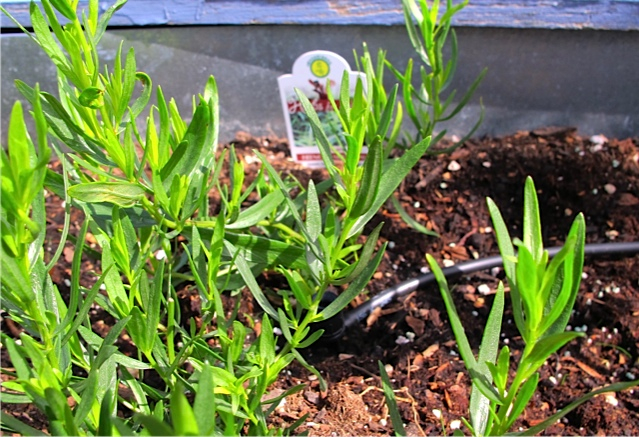Click here to view recipe.
I am in love with this chicken stew! I started with Sam Sifton’s New York Times recipe which had been adapted from Andrew and Rishia Zimmern by way of Martha Stewart. Just goes to show there is nothing new on the face of the planet recipe wise! If you pass this on, you can add my name to the growing list!
When I stumbled upon the original New York Times recipe, I was immediately smitten. ALL my favorite things – shallots, chicken thighs, tarragon, vermouth… easy instructions and simple to find ingredients. My tarragon growing outside needed culling too. Bingo!!
Of course, me being me, I made many changes along the way to streamline the cooking and preparation and ingredients. I ultimately ended up doing this in my pressure cooker – I mean, a 12-minute cooking time just speaks to me. I will include regular, or stovetop instructions for those of you tempted to stop reading when you see the words PRESSURE COOKER and who are not yet convinced that you absolutely must invest in one of these. Sometimes I feel like I should be a representative for the pressure cooker industry… And hey, if you live in Seattle drop on by for a free demo!
This makes a really juicy, saucy stew. I recently served it with a scoop of cooked, toasted barley seasoned with sauteed garlic scapes and yellow pepper. It’s also great with brown rice, quinoa or any other whole grain or mashed vegetable you love to soak up the juices. Oh, and a simple slice of hearty bread goes very nicely with this dish…
Chicken Shallot Stew
Makes 4 servings
Ingredients
- 6 large chicken thighs (bone in and skin on)
- 1 tablespoon flour
- 1 ½ tsp kosher salt
- 1 ½ tsp ground black pepper
- 2 tablespoons extra virgin olive oil
- 8 whole very large shallots, peeled (about one pound)
- 1 cup extra dry vermouth or leftover white wine. I always have vermouth in my fridge for cooking purposes (see note if you are not making this in a pressure cooker)
- 1 tablespoon Dijon mustard (see note if making stovetop)
- 3 whole sprigs fresh tarragon
- 1 pint cherry tomatoes, cut in half
Instructions for pressure cooker preparation
Trim off the excess fat that hangs off the the chicken thighs but leave skin on the thigh. Pat the pieces dry and lay them on a clean dish towel. Combine the flour, salt and pepper on waxed paper and dip the skin side of the thighs into this mix so it is coated. Shake off the excess flour mix.
Heat a large (12-inch) sauté pan on medium high. Once hot, pour the oil in until it is heated through. Add the chicken thighs skin side down and cook until they becomes a little browned; turn them over with a tongs and brown the other side too. All of this will take you around ten minutes. Remove the thighs with tongs to a rimmed plate and set aside.
Add the peeled shallots directly to the sauté pan (I did cut the huge ones in half so they weren’t the size of a small onion but they can be big since they basically smoosh anyway) and sauté them in the remaining chicken fat and until they begin to soften a titch, approximately five minutes. Put the shallots into the pressure cooker. Mix the wine and mustard together and pour in, followed by the tarragon sprigs and the chicken thighs. Cover the pressure cooker, bring to high pressure and cook for 12 minutes. Manually bring the pressure down by putting the pressure cooker in the sink and running cold water over the lid. Remove the lid, fish out the tarragon pieces, and simmer to allow the sauce to reduce and thicken, 5-10 minutes.
Right before serving, add the cherry tomatoes to the pot, stir lightly to combine and serve immediately.
Instructions for traditional stovetop cooking
First, you will need two cups of vermouth and two tablespoons of Dijon. Follow instructions above. But instead of using a pressure cooker, place everything into a heavy dutch oven and bring to a simmer. Cover and braise for 30 minutes or until the meat is very tender. Continue with the cooking methods.
* * * * *
Note: I had two thighs and lots of juice left over that I poured over brown rice in a container and put into my freezer. A month later it was defrosted and reheated and was better than ever – so next time I’m purposefully making a double batch of this recipe: one for the freezer and one to eat.






